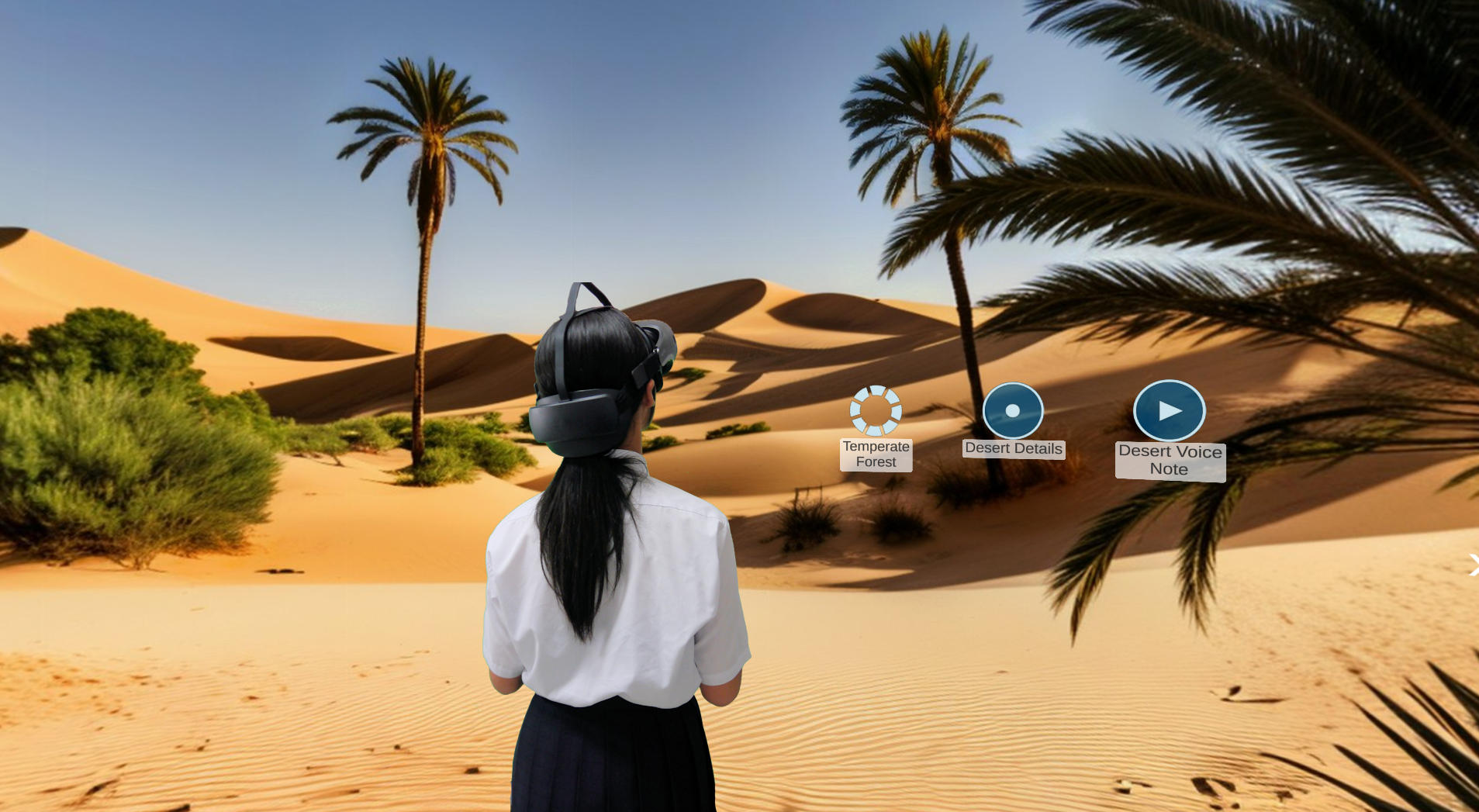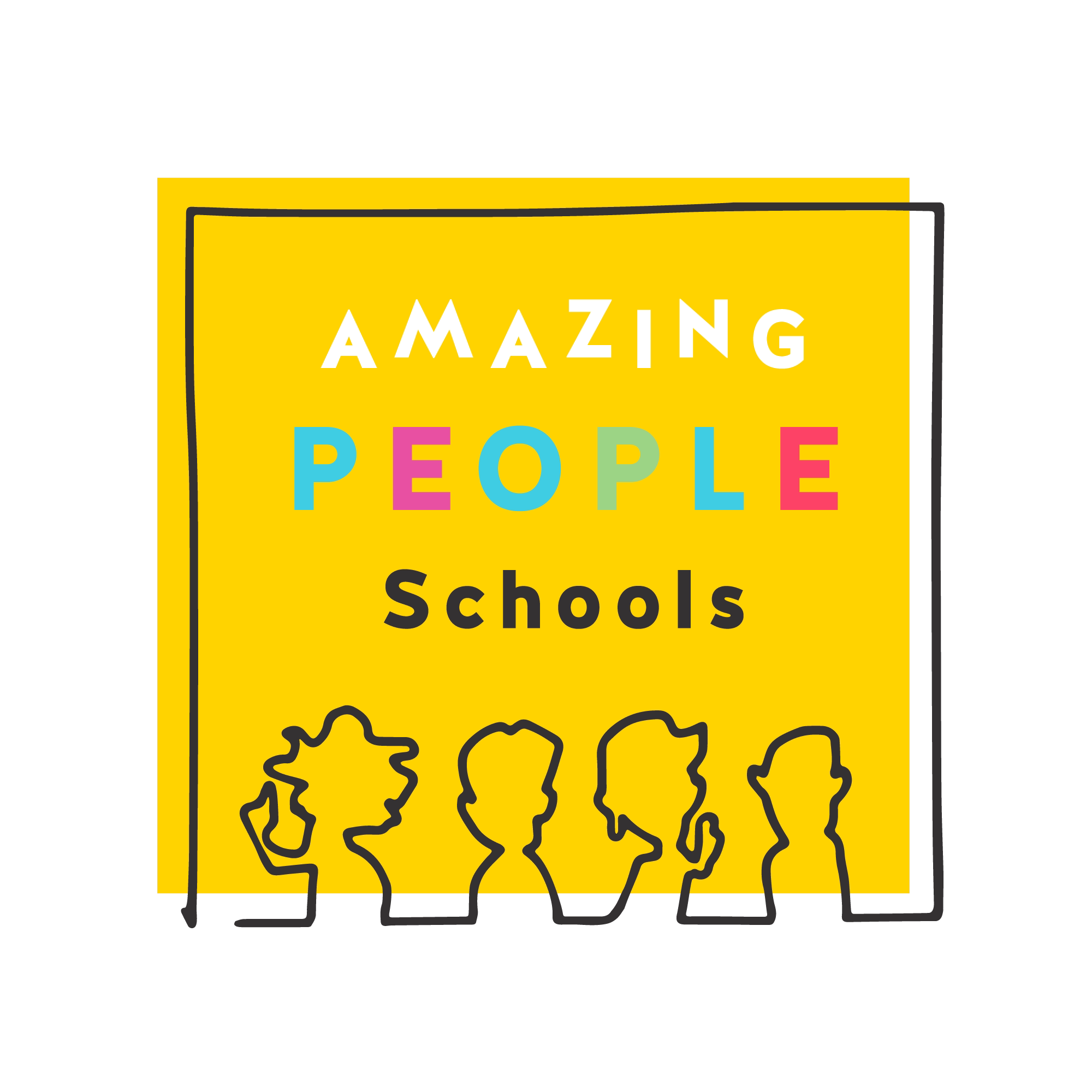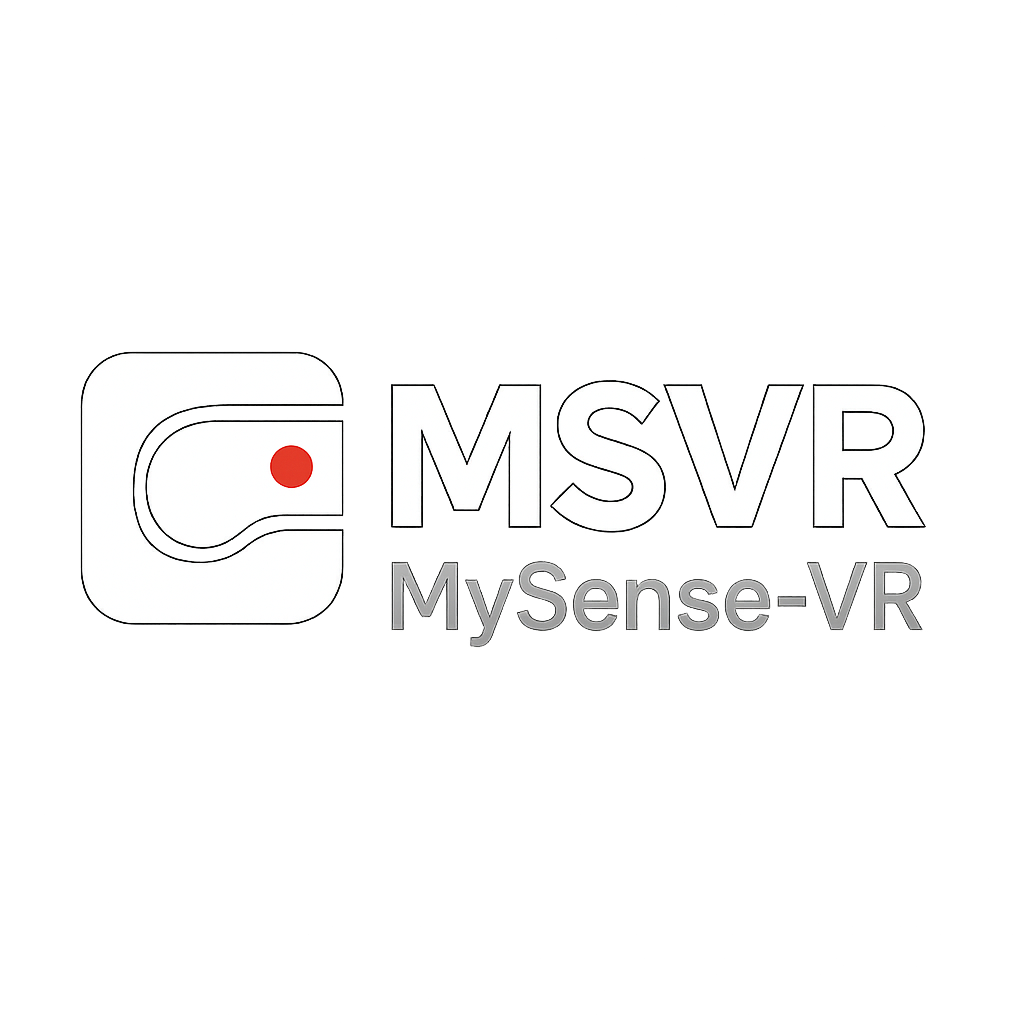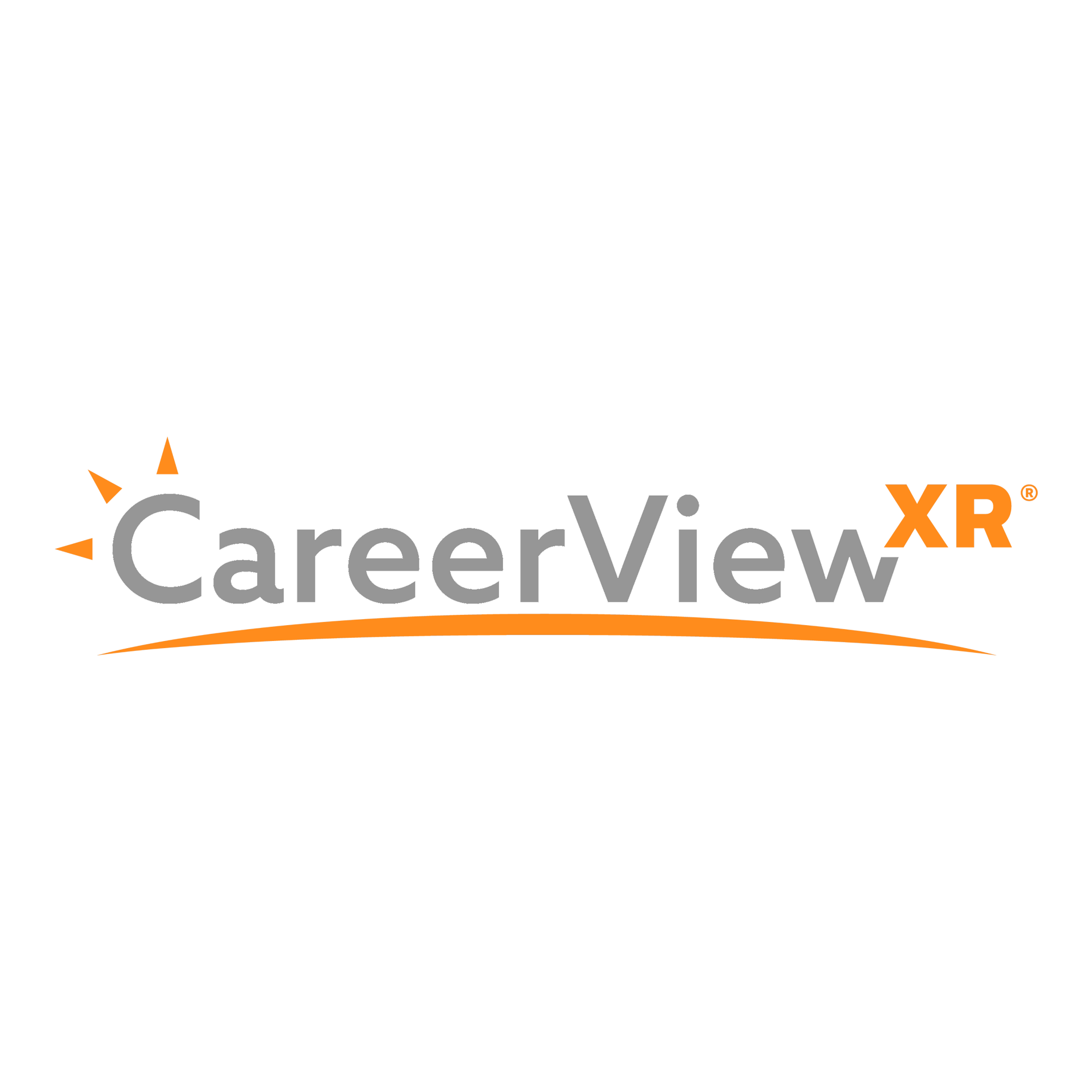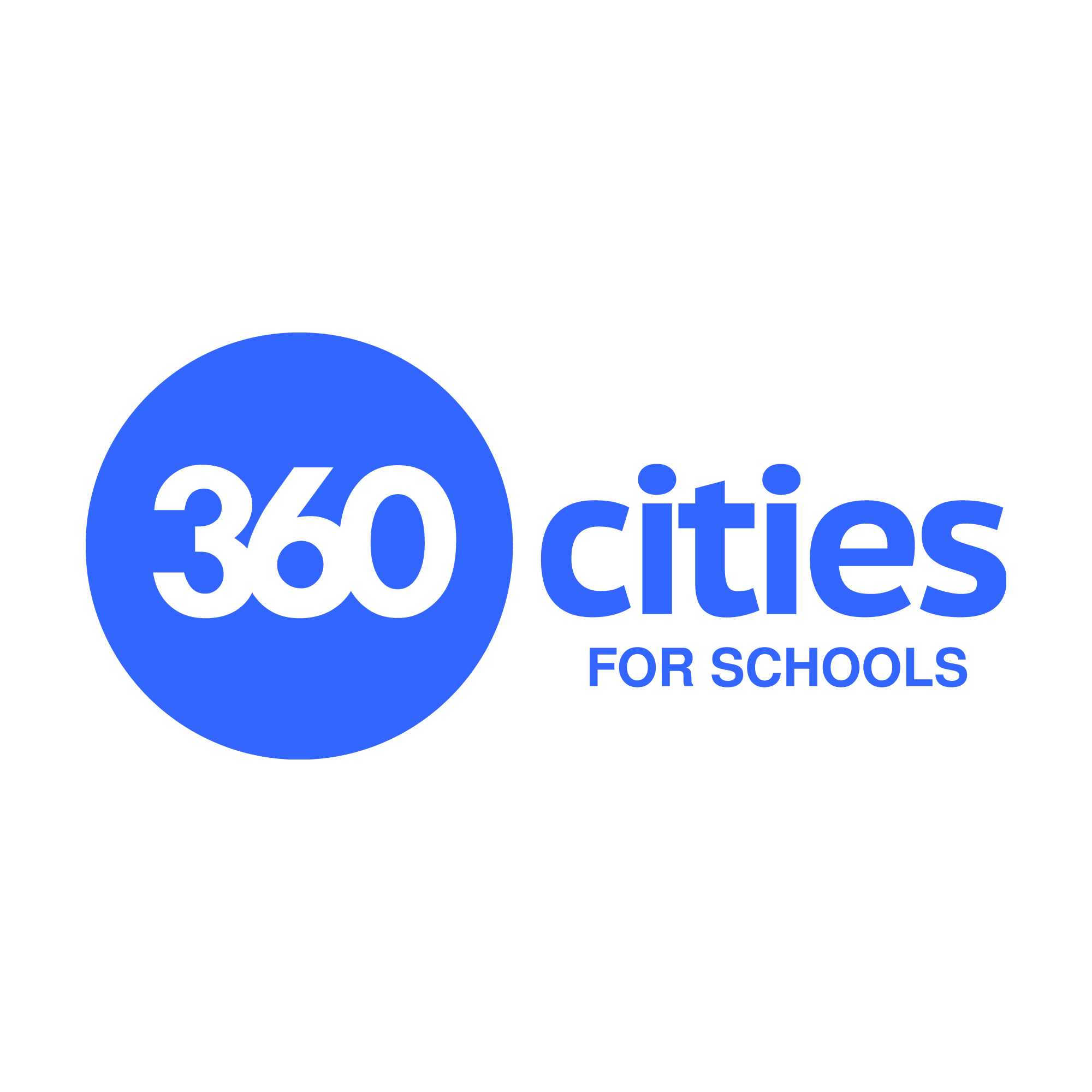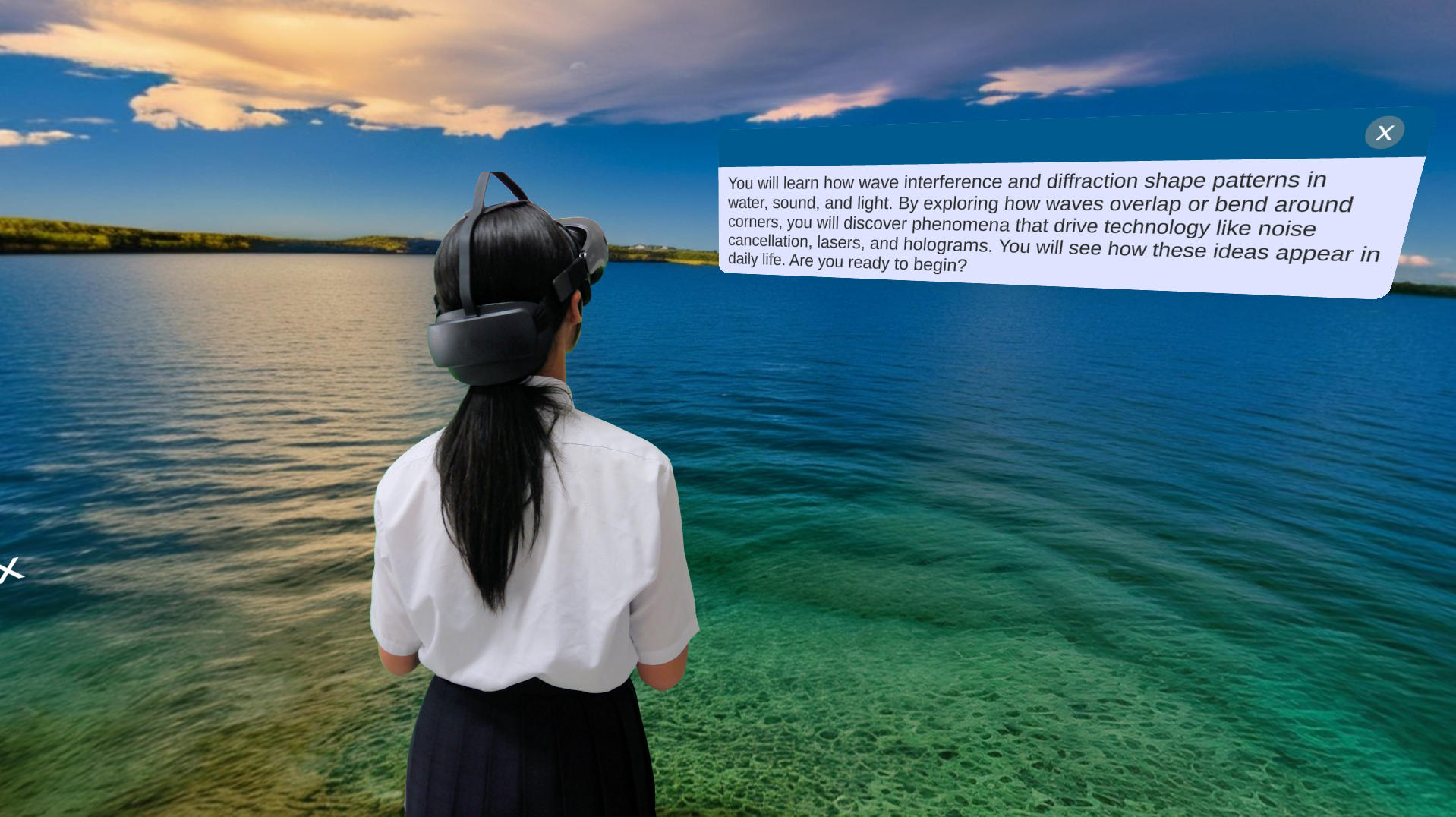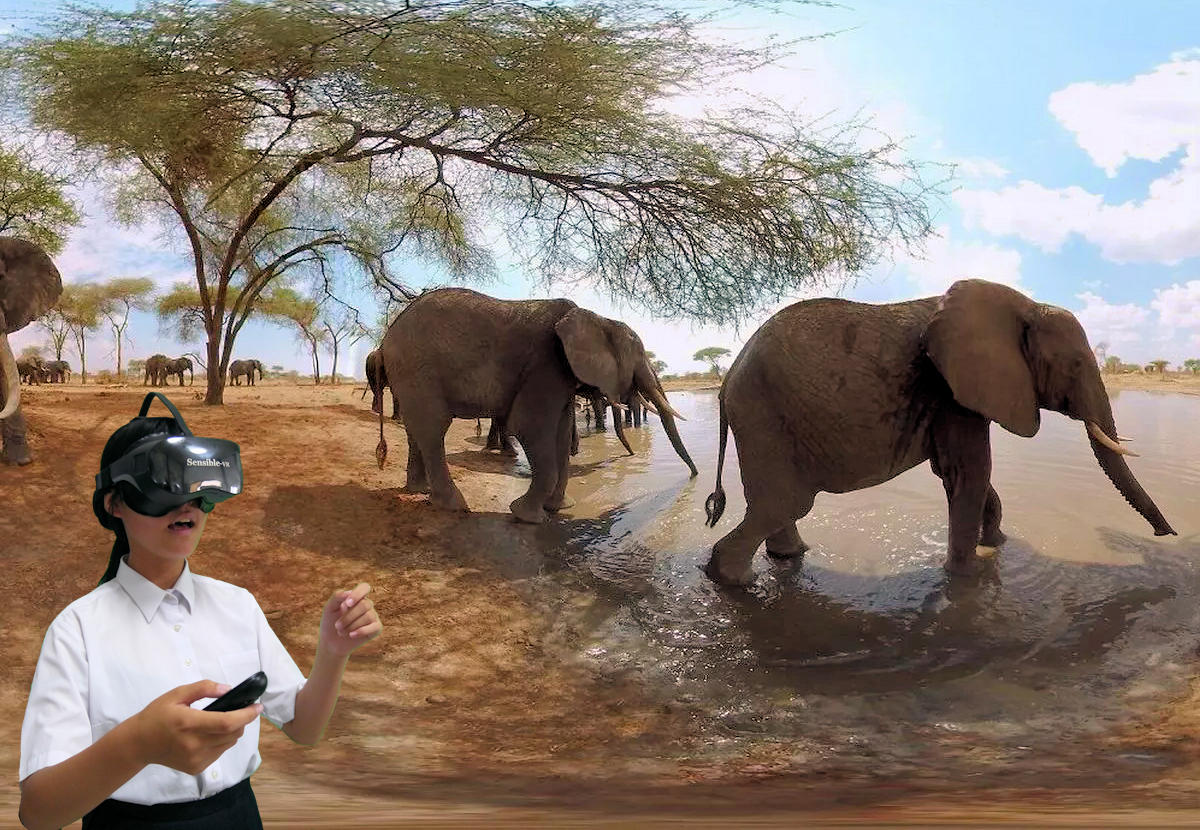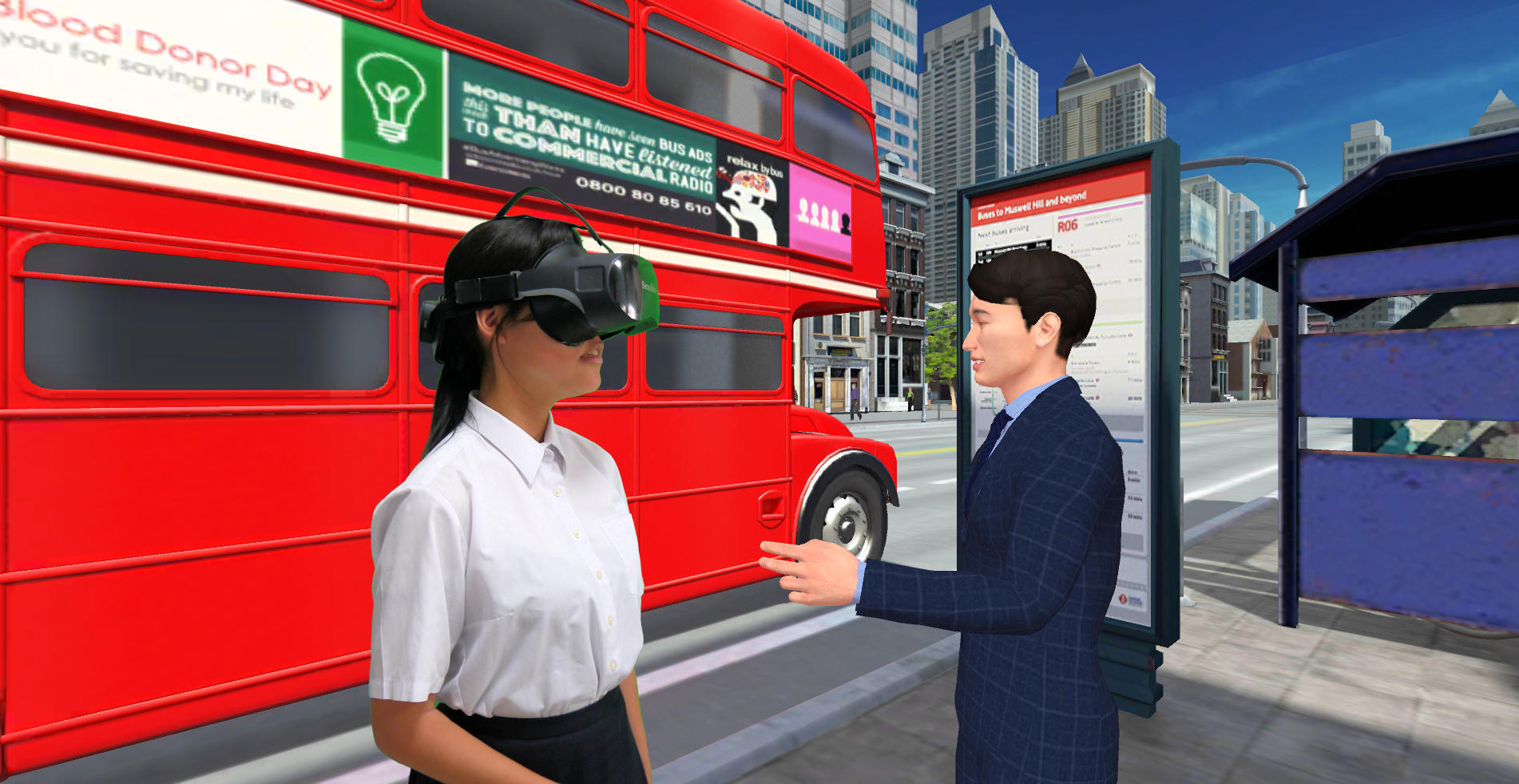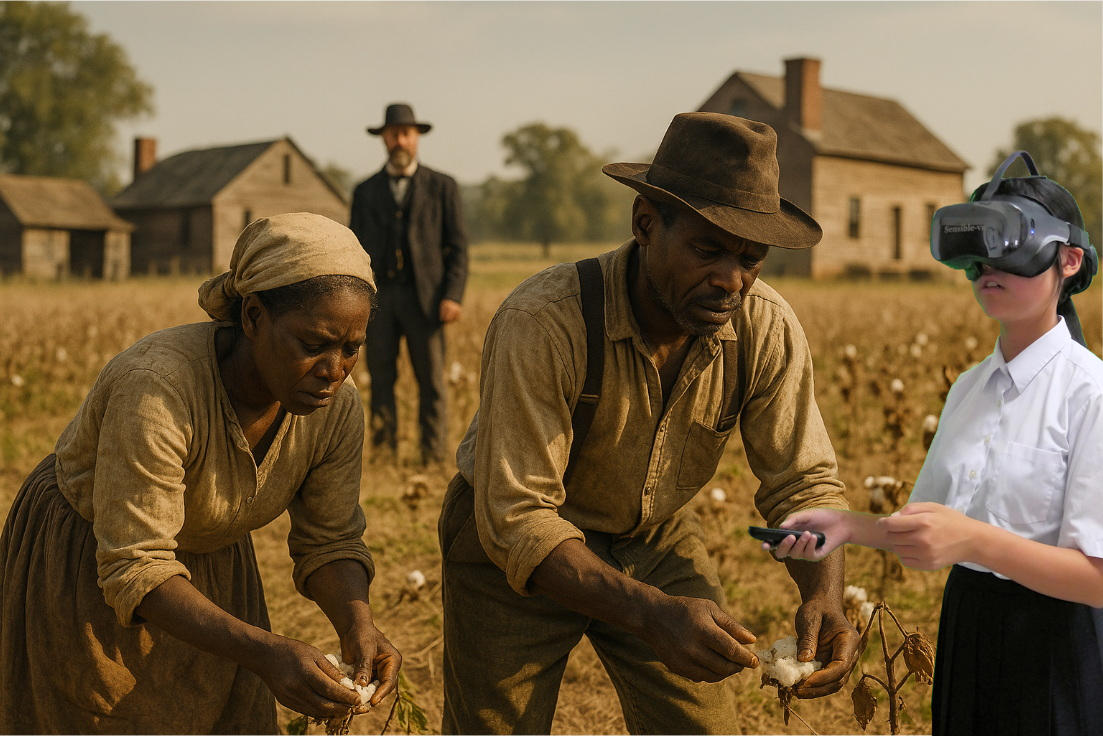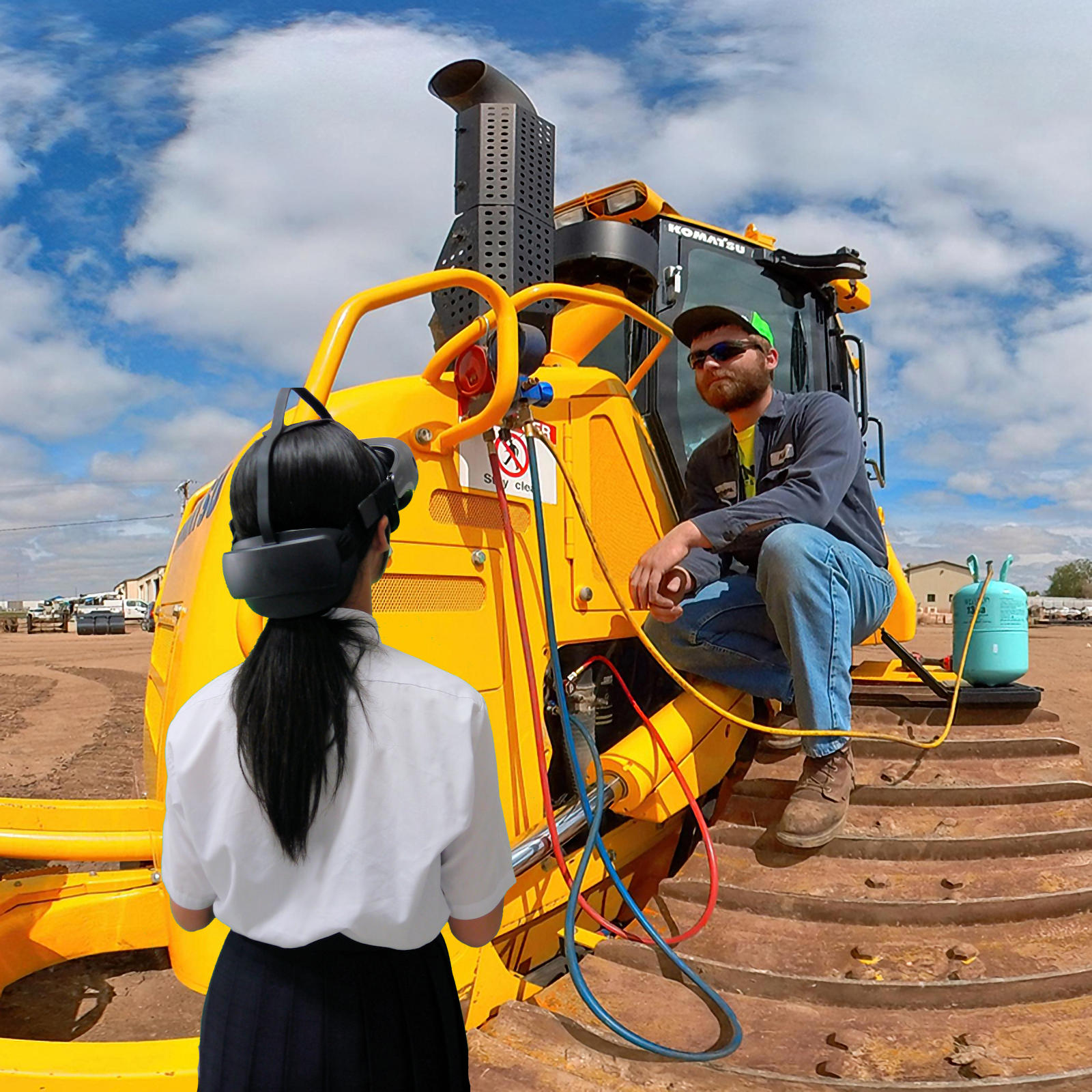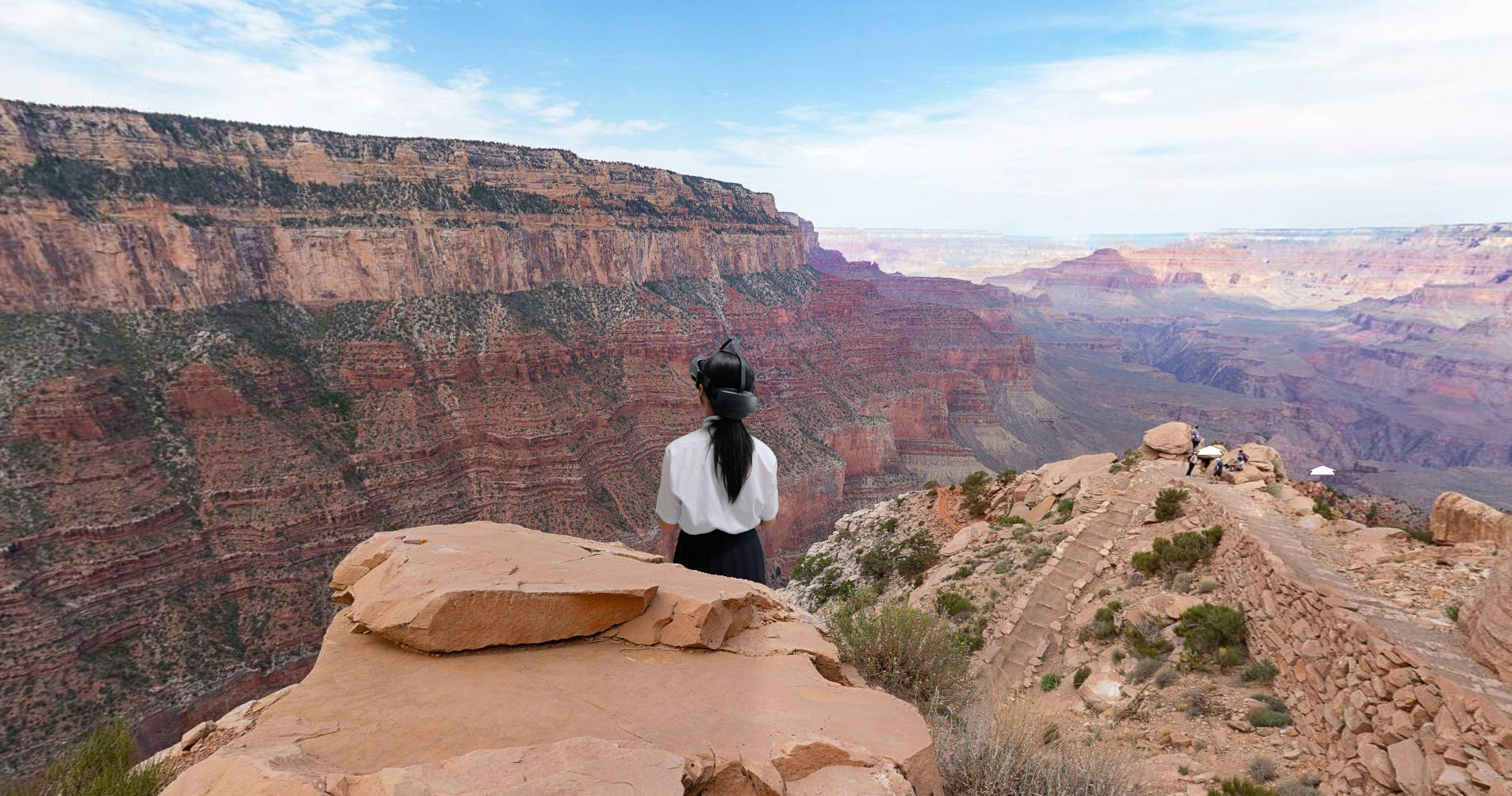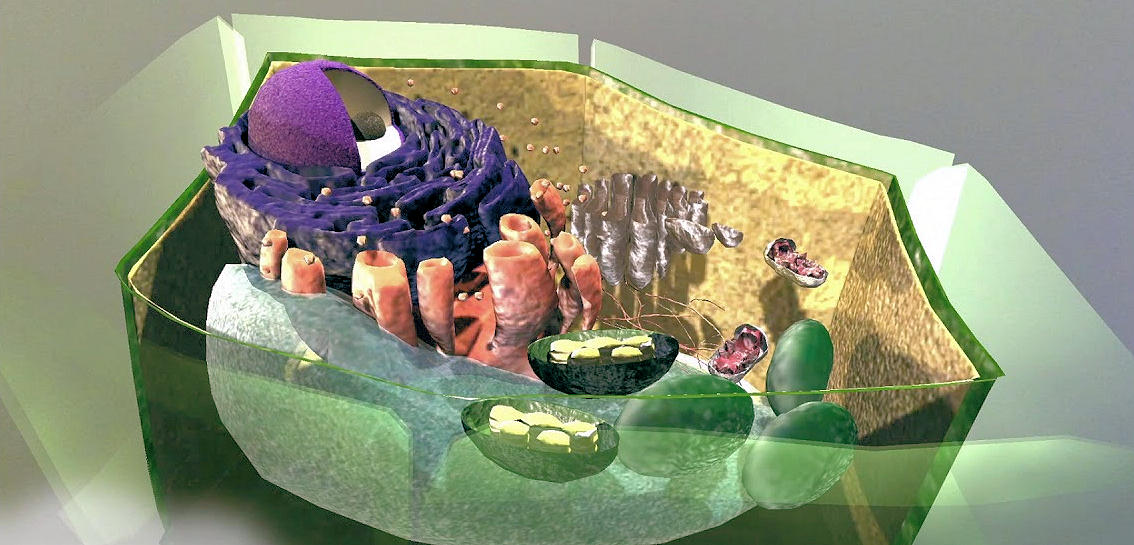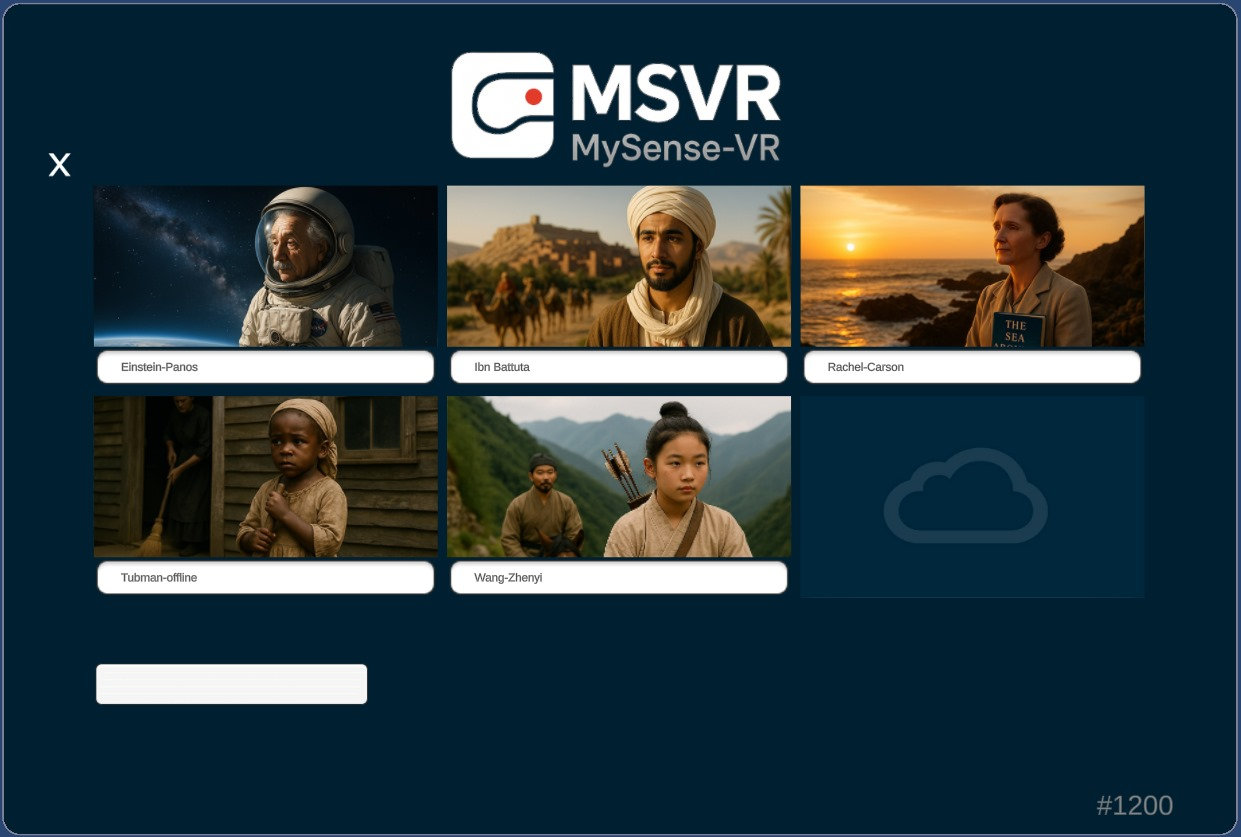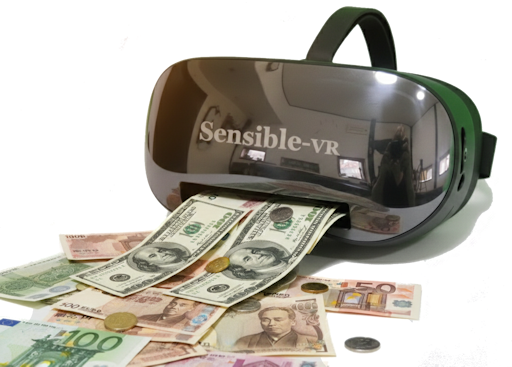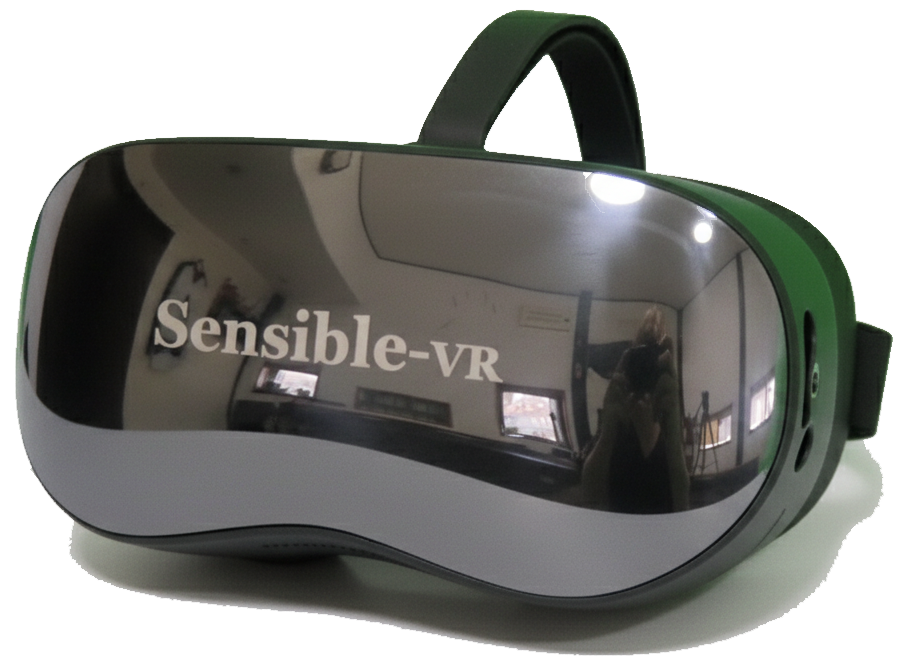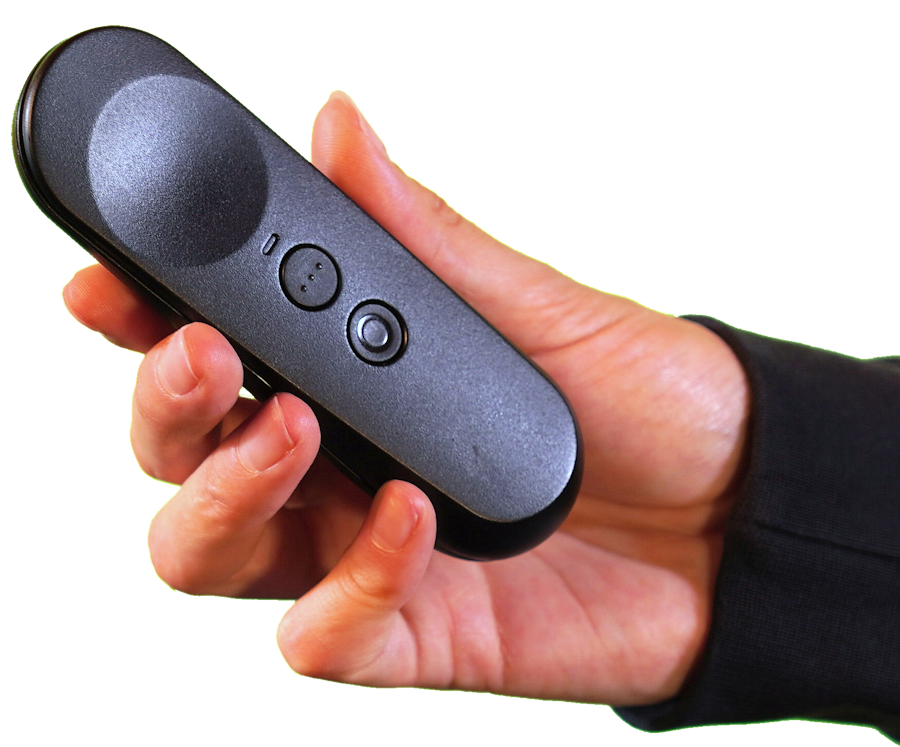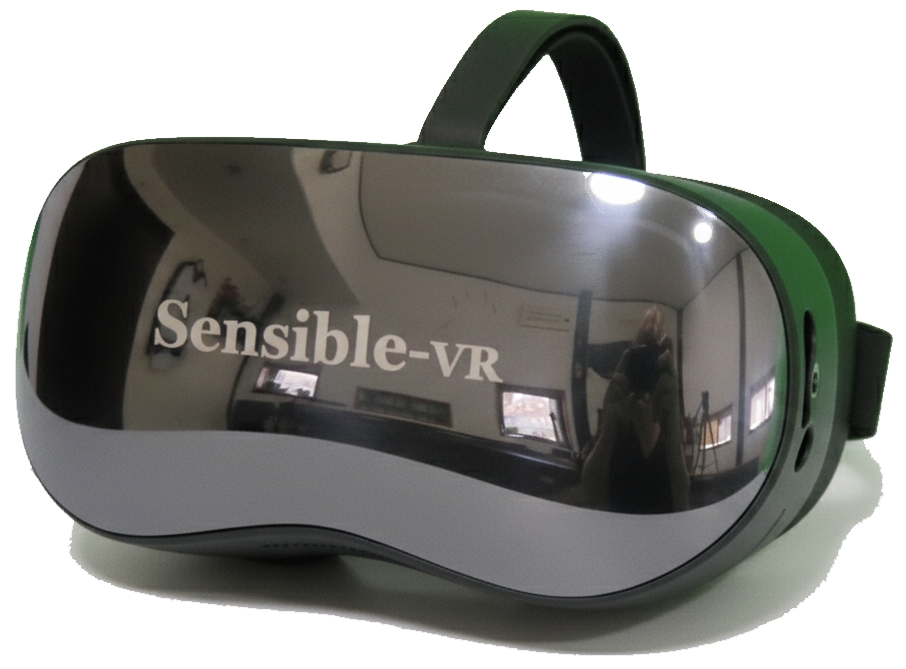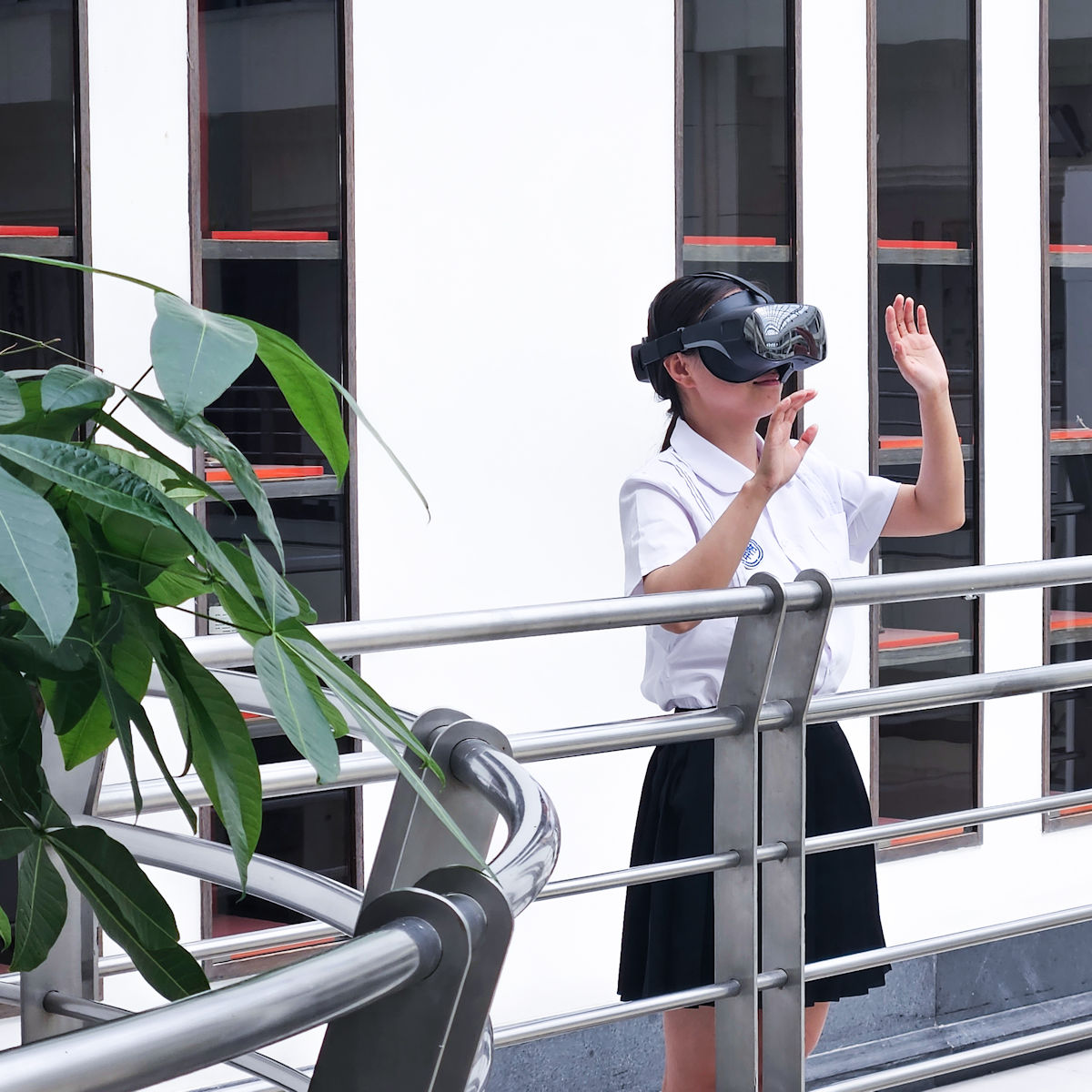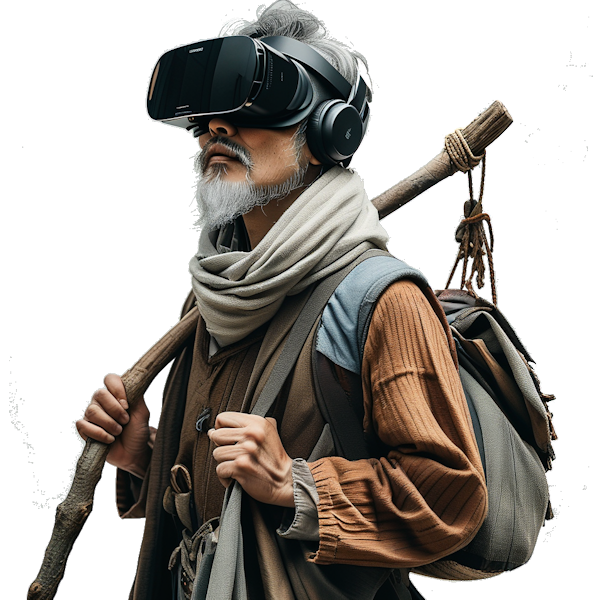Understanding devices
Life would be easy if VR devices were like TVs, and you could just buy one and get started. But that's not the reality.
3 DoF vs 6 DoF devices both put you in the scene and allow interaction with learning content. Both are immersive.
3 DoF provides:
Dramatically lower costs
Special needs ready
Injury and property safety
Content control offline
No tracking of students
Longevity of use
6 DoF devices were primarily made for gaming and entertainment, plus certain specialized learning experiences, such as surgery and welding, where movement and precise manipulation is important. There is a trade-off, and in most cases, what you give up for a gaming device is not worth it. 97% of learning is NOT centered around such manipulation.
VR Content is inherently heavy (GB and MB), so it's best and easiest (for the user) to have preloaded content modules. Online retrieval of content is expensive and fraught with issues. Easy for a company... difficult for a school.
